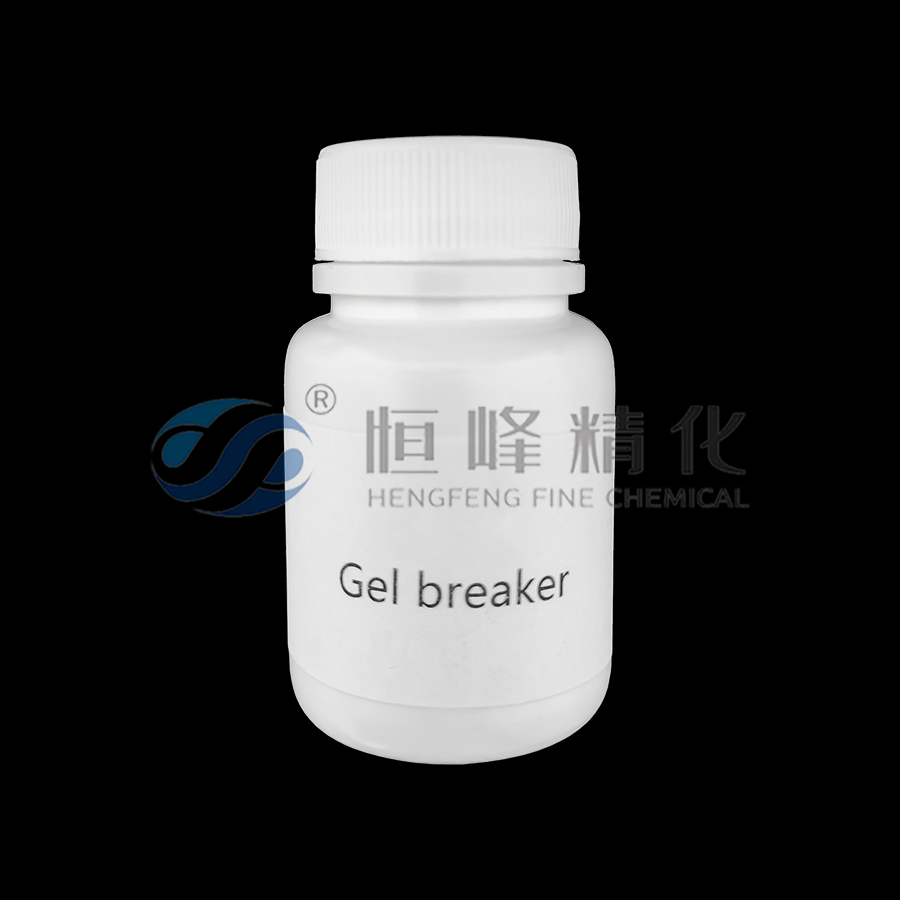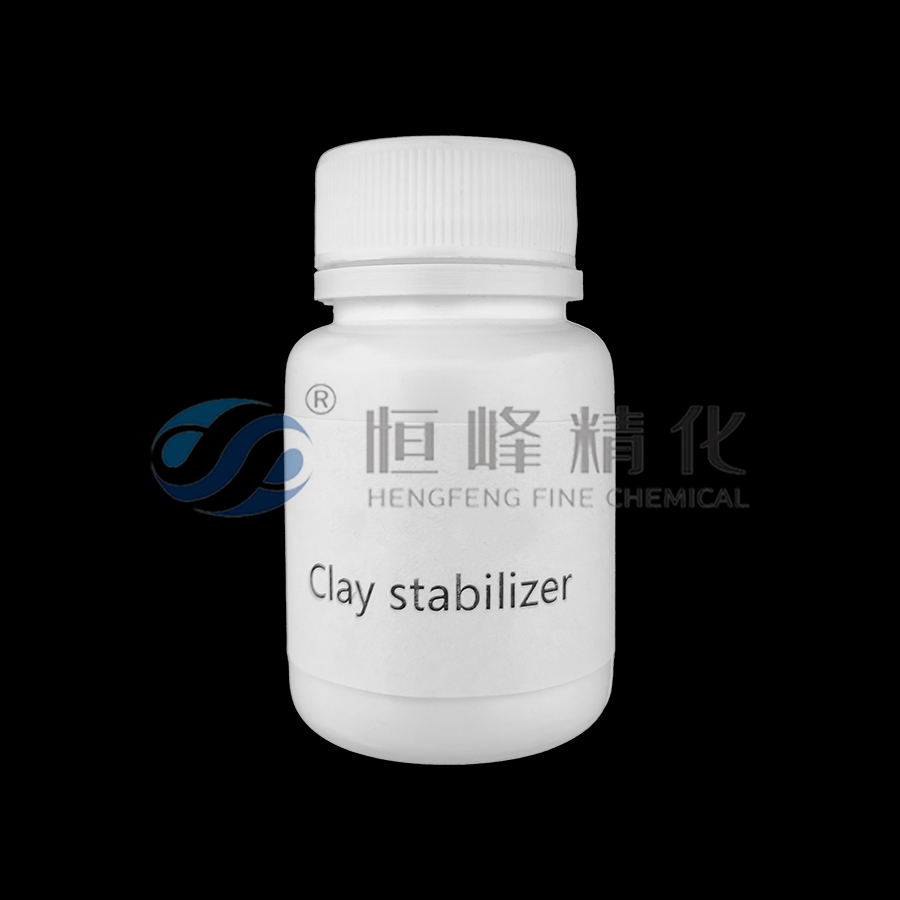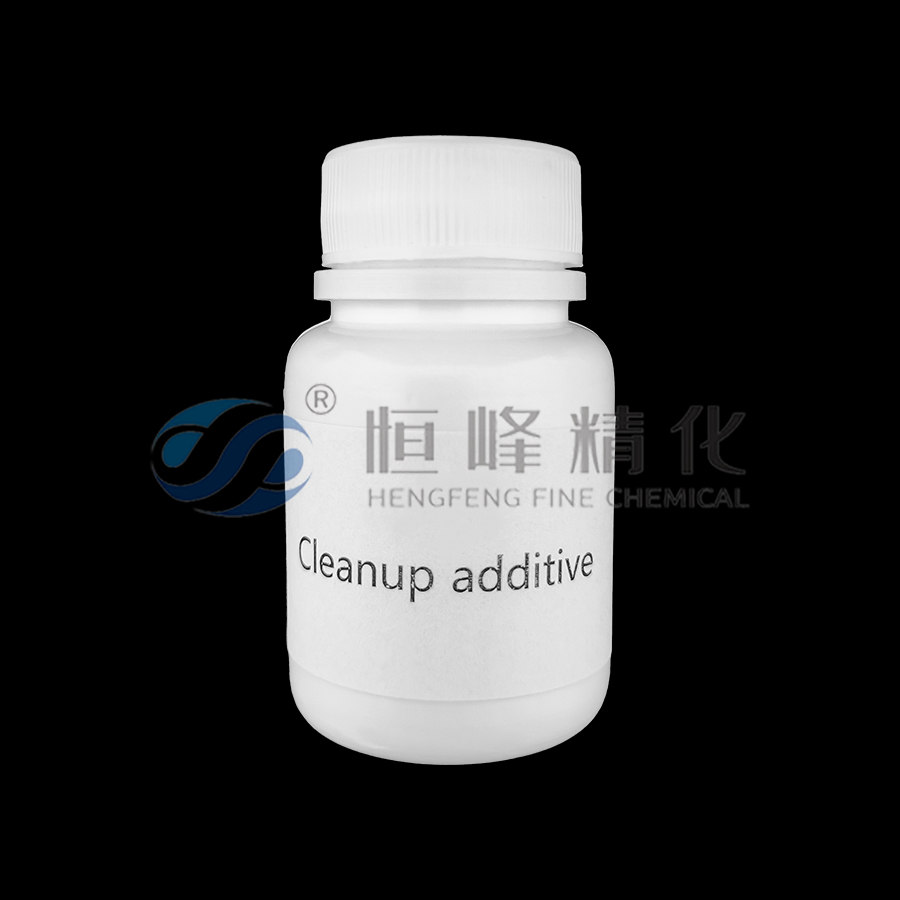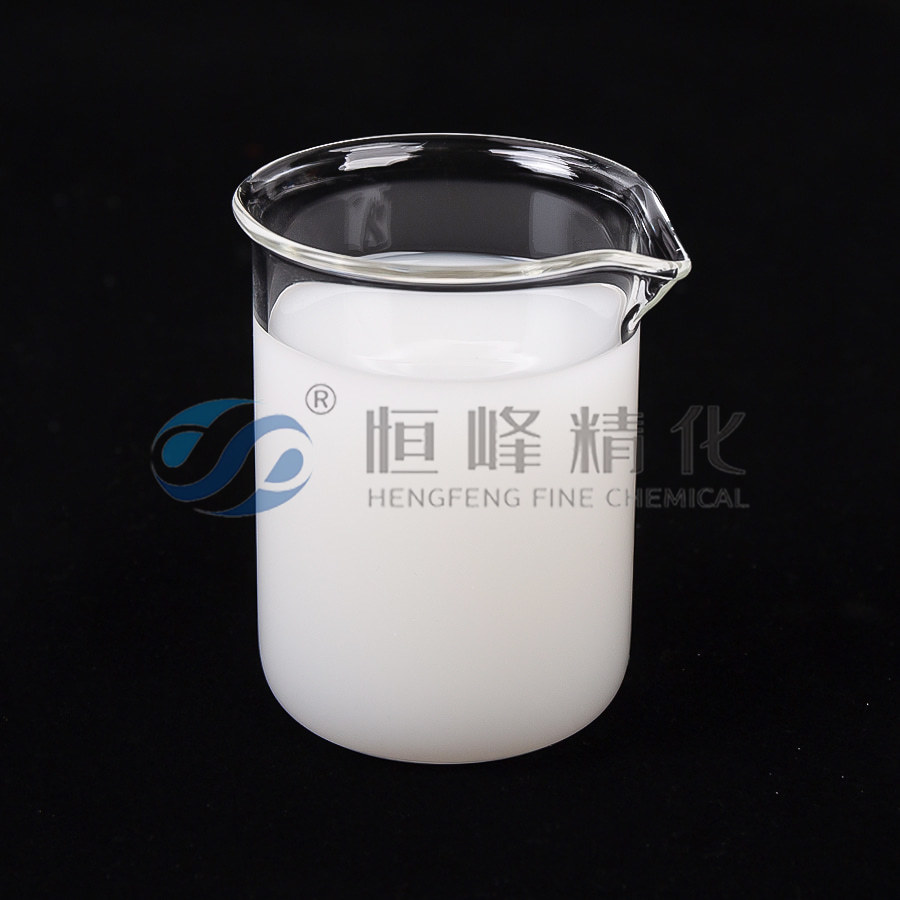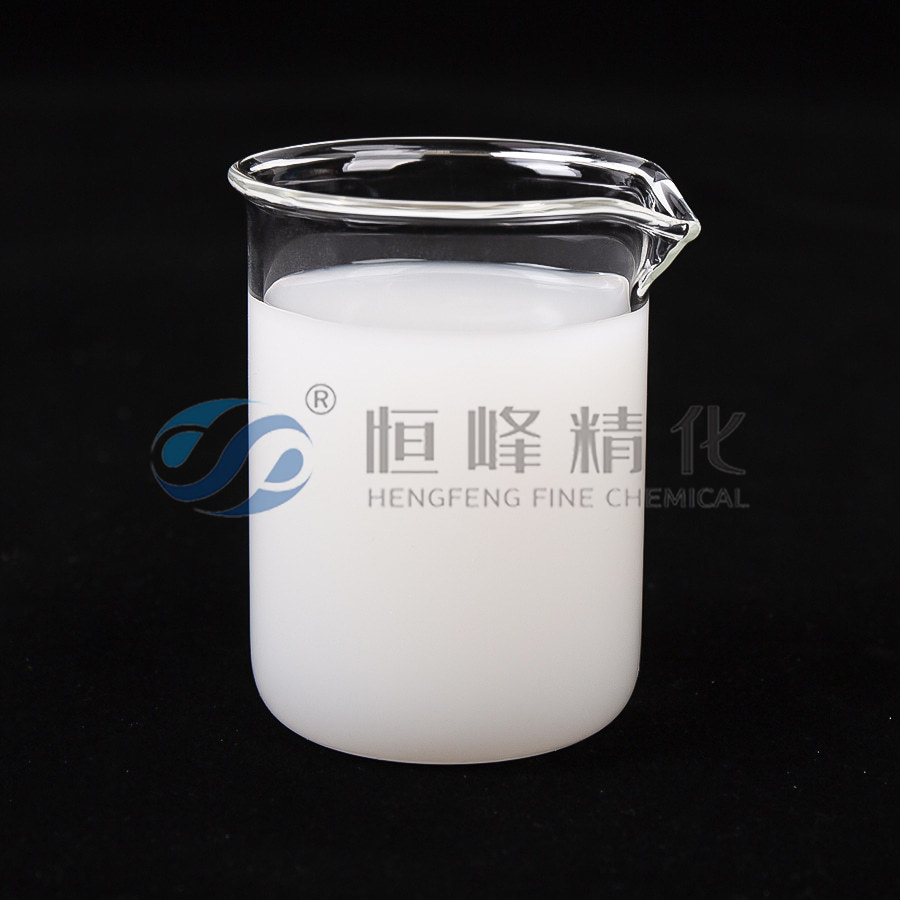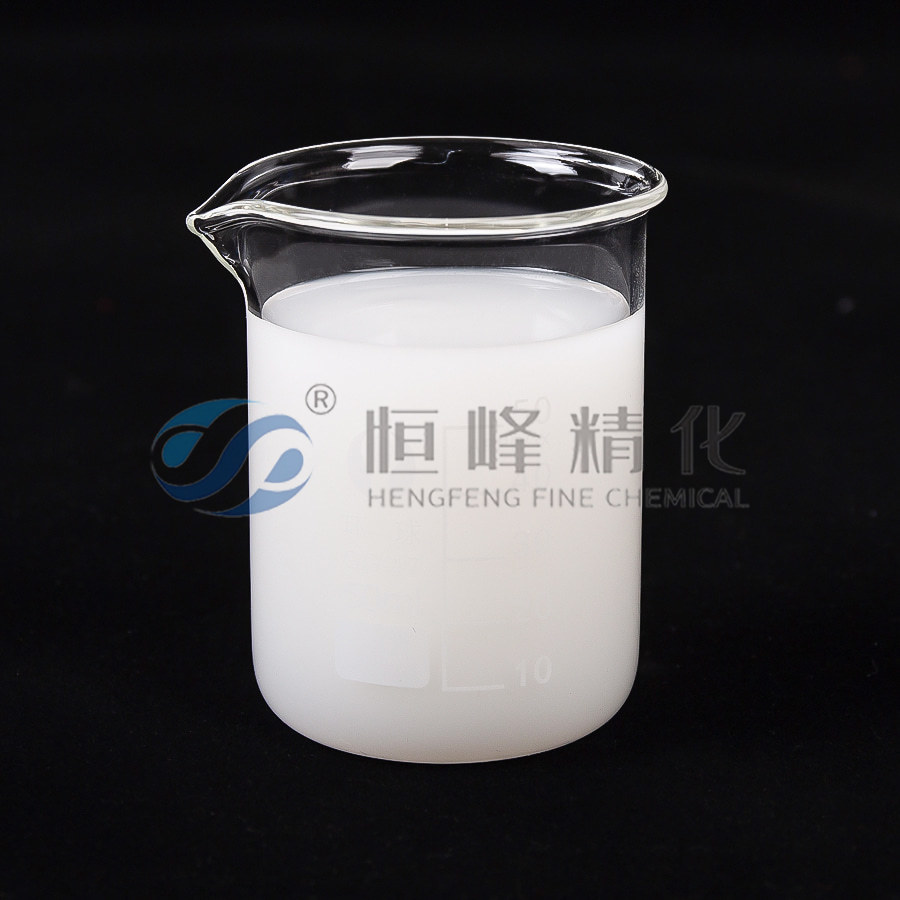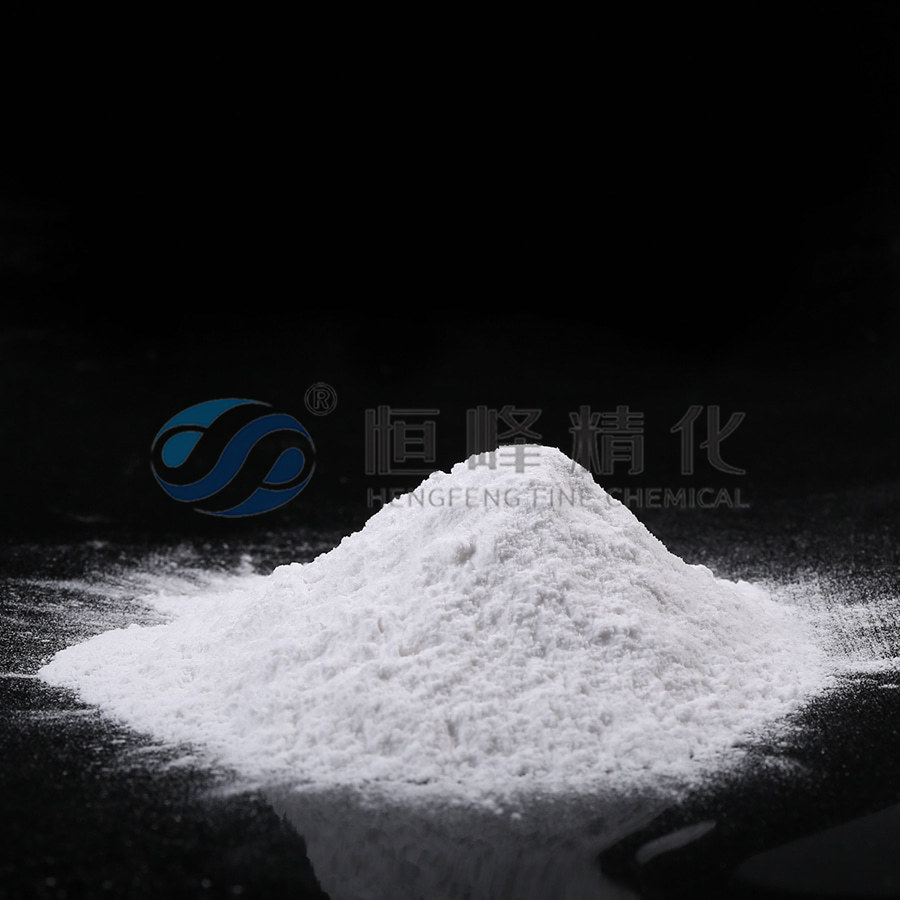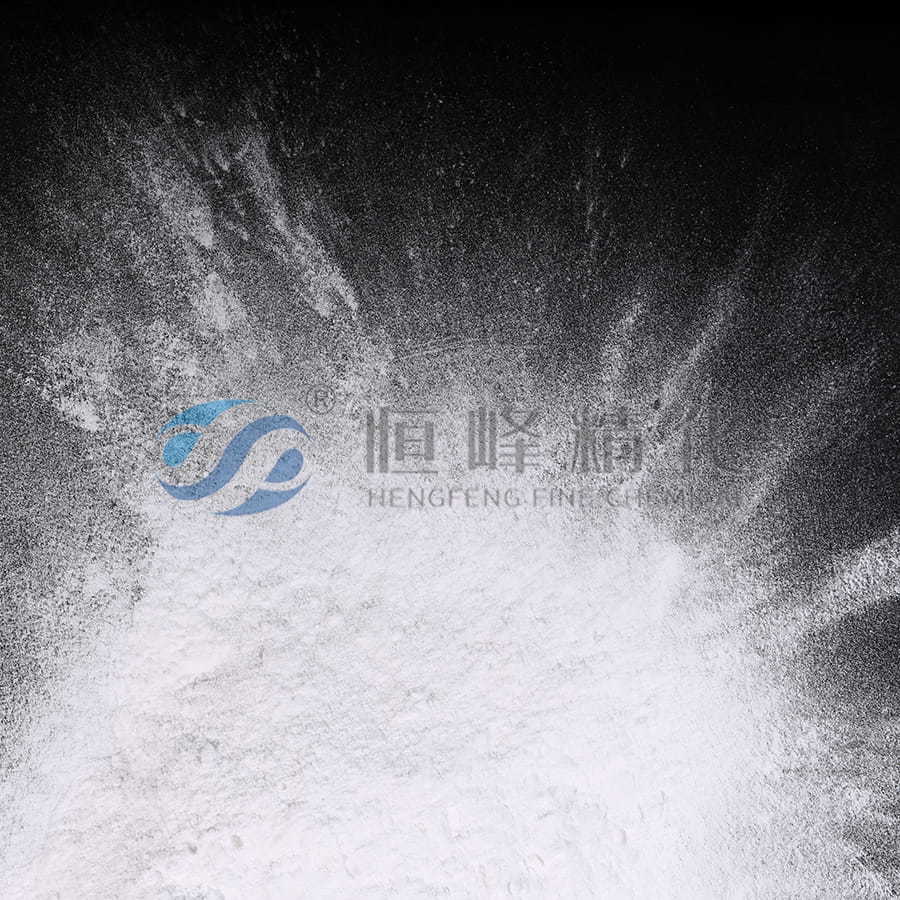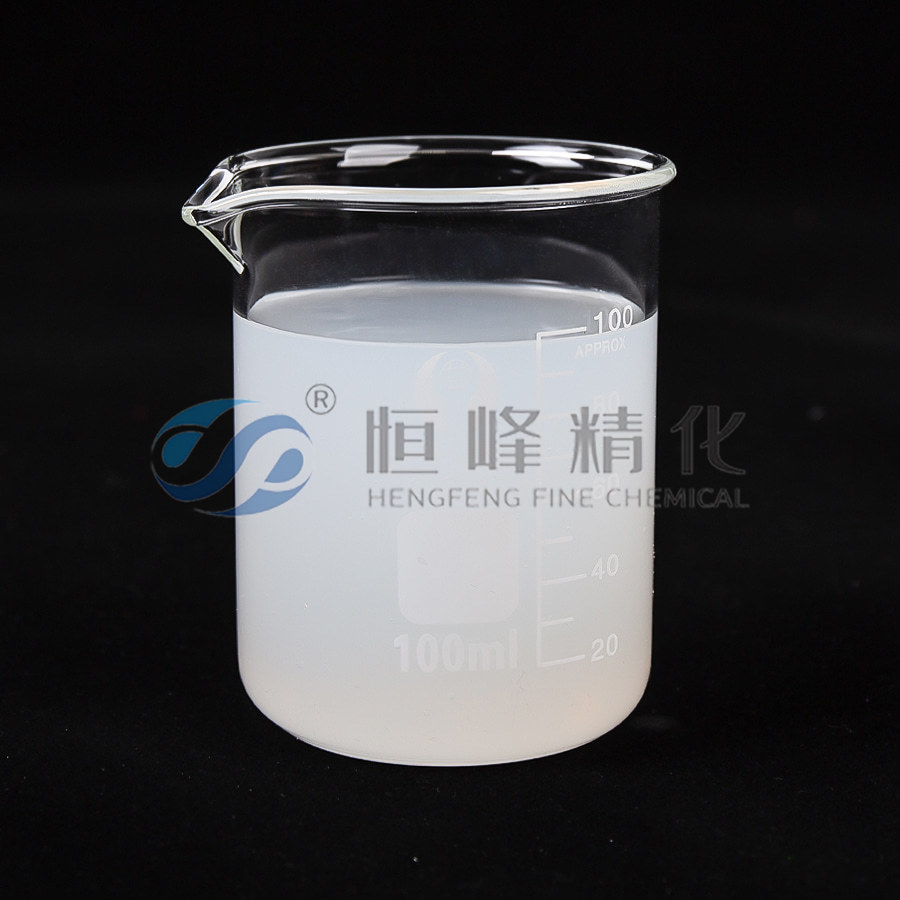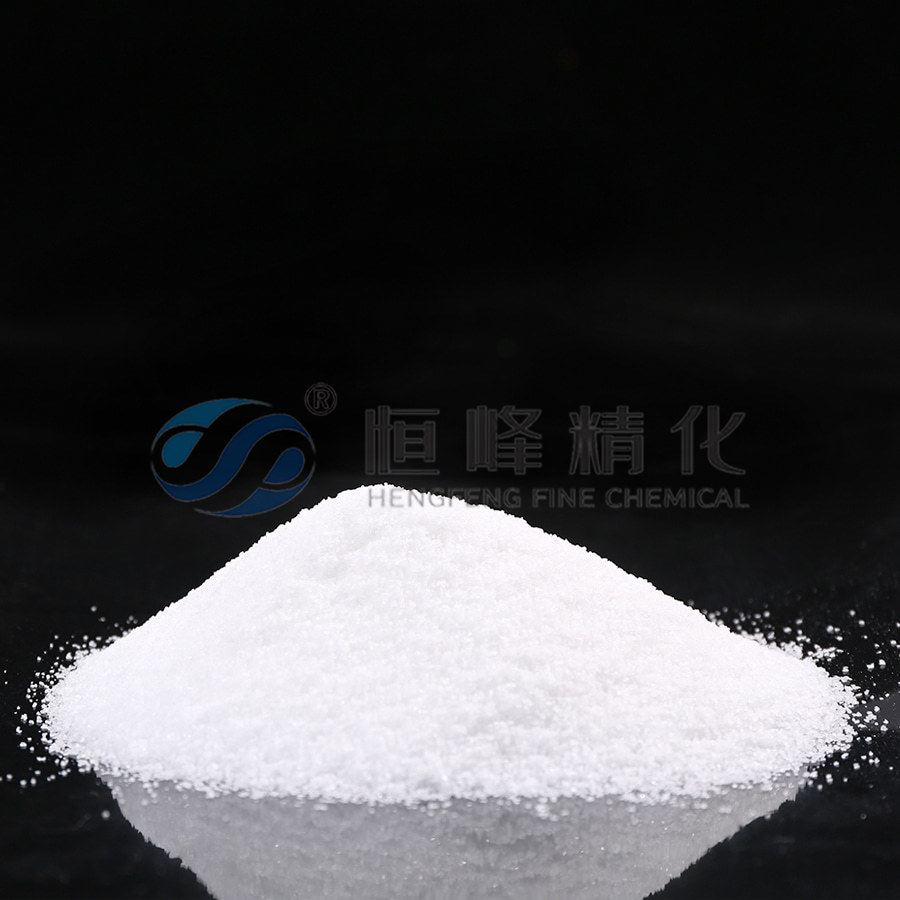Anionic vs. Nonionic Polyacrylamide Flocculants: Mining Industry Applications
1.1 Anionic Polyacrylamide
Anionic polyacrylamide (PAM) is a water-soluble polymer that carries a negative charge. It is commonly used in various industrial applications, such as wastewater treatment and paper manufacturing. The negative charge of the polymer makes it effective in flocculating positively charged particles, facilitating their removal from aqueous systems.
1.1.1 Definition and Chemical Structure
Anionic polyacrylamide is made by polymerizing acrylamide monomers in the presence of a suitable anionic comonomer, such as acrylic acid. This process leads to the formation of long chains with a predominantly negative charge. The chemical structure consists of repeating acrylamide units, with the anionic groups attached to the polymer backbone. The negative charge arises from the presence of carboxyl groups (-COOH) in the polymer chain.
1.1.2 Properties of Anionic PAM
- Effective in binding to positively charged particles, such as clay, metals, and suspended solids.
- High molecular weight, which helps improve flocculation and water clarity.
- Water-soluble and can form gels in high concentrations, enhancing its ability to remove contaminants.
- Relatively stable in a wide pH range (typically pH 3-11), though performance can be affected by high salinity.
- Low toxicity, making it safe for use in various environmental applications.
1.1.3 Applications: Wastewater Treatment, Paper Making, etc.
- Wastewater Treatment: Anionic PAM is widely used in municipal and industrial wastewater treatment to remove suspended solids, oils, and other contaminants. It helps in coagulating and flocculating particles for easier removal through settling or filtration.
- Paper Making: In the paper industry, anionic PAM is used as a retention aid, improving the retention of fibers and fillers, as well as enhancing the drainage rate of paper pulp.
- Mining: In mining, anionic PAM is used for tailings management, aiding in solid-liquid separation and improving the overall efficiency of mineral processing operations.
- Oil and Gas: It is used in the oil and gas industry for enhanced oil recovery processes, helping to separate oil from water and enhance the efficiency of drilling operations.
1.2 Nonionic Polyacrylamide
Nonionic polyacrylamide (PAM) is a type of polyacrylamide that does not carry any charge. It is neutral in nature and is often used in situations where the ionic charge is less critical. Nonionic PAM has broad applications in industries such as soil conditioning, textile processing, and mining, due to its versatile nature and compatibility with a wide range of water chemistries.
1.2.1 Definition and Chemical Structure
Nonionic polyacrylamide is synthesized from acrylamide monomers without the incorporation of any anionic or cationic groups. Its structure consists of a polymer chain made of acrylamide units, which do not possess a net electrical charge. This neutrality allows nonionic PAM to be more stable in systems with varying ionic conditions, making it ideal for certain industrial applications.
1.2.2 Properties of Nonionic PAM
- Neutral charge, making it more versatile and compatible with a wider range of water chemistries.
- Moderate molecular weight that allows for effective flocculation while avoiding excessive gel formation.
- Good performance in water with high hardness or salinity, where other types of PAM may not be as effective.
- More stable under acidic and alkaline conditions compared to other PAM types.
- Low toxicity, making it safe for use in environmental applications such as soil conditioning and water treatment.
1.2.3 Applications: Soil Conditioning, Textile Industry, Mining
- Soil Conditioning: Nonionic PAM is frequently used to improve soil structure and water retention in agriculture. It helps prevent soil erosion by binding soil particles and promoting better water infiltration.
- Textile Industry: In the textile industry, nonionic PAM is used in dyeing processes to improve the efficiency of water use and to prevent the re-deposition of dyes on fabrics.
- Mining: Nonionic PAM is employed in the mining industry for solid-liquid separation, particularly in the processing of tailings and mineral slurries.
- Water Treatment: Nonionic PAM is also used in water treatment to improve the clarification process, removing impurities without adding any additional ionic charge to the system.
1.3 Cationic Polyacrylamide
Cationic polyacrylamide (PAM) is a polymer with a positively charged backbone. It is commonly used for applications where it is necessary to flocculate negatively charged particles. Its ability to interact with negatively charged particles such as clay and organic materials makes it ideal for certain water treatment processes, as well as other industrial applications like paper making and sludge dewatering.
1.3.1 Definition and Chemical Structure
Cationic polyacrylamide is created by polymerizing acrylamide monomers with cationic comonomers, such as diallyl dimethyl ammonium chloride. This gives the polymer chain a positive charge. The chemical structure of cationic PAM includes the same acrylamide backbone as other PAM types, but with the added functionality of positively charged groups, which enhance its ability to bind to negatively charged materials.
1.3.2 Properties of Cationic PAM
- Positively charged, making it highly effective for flocculating negatively charged particles.
- High molecular weight, contributing to strong floc formation and improved water clarity.
- More effective in acidic conditions compared to anionic PAM, as it can better interact with negatively charged materials.
- May form gels in high concentrations, useful in dewatering applications.
- Generally more sensitive to high salinity and pH extremes, which can impact performance.
1.3.3 Applications: Water Treatment, Sludge Dewatering, etc.
- Water Treatment: Cationic PAM is often used in municipal and industrial water treatment to help remove suspended solids and organic contaminants by promoting flocculation and settling.
- Sludge Dewatering: It is commonly used in sludge dewatering processes, where it helps to agglomerate sludge particles, making it easier to separate them from water.
- Pulp and Paper Industry: Cationic PAM is used in the paper industry for retention and drainage aids, improving paper strength and quality.
- Oil and Gas Industry: In the oil and gas industry, it is used in drilling fluids to improve the viscosity and help with the removal of solids.
2. Key Differences Between Anionic and Nonionic Polyacrylamide
2.1 Charge and its Significance
The primary difference between anionic and nonionic polyacrylamide lies in their charge properties. Anionic polyacrylamide has a negative charge, which makes it suitable for binding with positively charged particles in water, such as heavy metals or suspended solids. Nonionic polyacrylamide, on the other hand, carries no charge and is more effective in neutral or slightly alkaline conditions, where it can flocculate without the need for electrostatic interactions. This makes nonionic PAM ideal for processes like soil conditioning, where the primary goal is to improve water retention without affecting the ionic balance of the system.
2.2 Performance in Different Water Conditions
The performance of polyacrylamide flocculants can vary significantly based on water conditions such as pH, salinity, and temperature. Anionic PAM works best in environments with slightly acidic to neutral pH, where its negative charge can be maintained. However, in high-salinity conditions, the effectiveness of anionic PAM may decrease due to charge screening effects, which reduce the flocculation ability.
Nonionic PAM, being charge-neutral, is less affected by changes in pH or salinity and can perform well across a wide range of water chemistries. This makes it more versatile for industrial applications, especially in environments with fluctuating or high salinity levels.
2.3 Floc Size and Stability
Floc size and stability are crucial factors for the effectiveness of polyacrylamide flocculants. Anionic polyacrylamide typically produces larger, more stable flocs due to its negative charge, which attracts positively charged particles in water. These larger flocs are ideal for applications like wastewater treatment, where quick separation of solids from liquids is required.
Nonionic polyacrylamide, by contrast, forms smaller flocs that are less stable but highly effective in conditions where fine particle aggregation is necessary. Its smaller flocs make it suitable for use in applications where a more gradual separation is preferred, such as in the textile industry, where fabric dyes and other small particles need to be removed without clumping.
2.4 Dosage and Cost Considerations
When it comes to dosage, anionic PAM generally requires a lower concentration to achieve effective flocculation compared to nonionic PAM, especially in high-ionic-strength environments. This can make anionic PAM more cost-effective in applications where large volumes of flocculant are needed.
Nonionic PAM may require higher dosages to achieve similar flocculation performance, which can result in increased costs over time. However, its broader applicability across various water conditions can make it a more economical choice in industries with variable operational conditions, such as mining or soil conditioning.
3. Nonionic Polyacrylamide in Mining Applications
3.1 Specific Applications in Mining
3.1.1 Tailings Management
Nonionic polyacrylamide (PAM) is widely used in mining for the management of tailings, which are by-products of mineral extraction. Tailings are often a mix of fine particles, water, and chemicals, requiring effective management to prevent environmental damage. Nonionic PAM helps in the flocculation process, where fine particles agglomerate into larger flocs, making them easier to separate from water. This significantly reduces the volume of tailings and enhances the clarity of water released back into the environment.
3.1.2 Mineral Processing
In mineral processing, nonionic PAM is used to improve the efficiency of solid-liquid separation. It aids in the flotation process, where valuable minerals are separated from gangue materials. By promoting the formation of large, stable flocs, nonionic PAM helps in the removal of impurities and enhances the overall yield of extracted minerals. Additionally, its neutral charge ensures that it does not interfere with the chemical reactions that occur during mineral processing, making it a reliable choice in this context.
3.1.3 Dust Control
Nonionic PAM is also used for dust control in mining operations, particularly in open-pit mines. The application of PAM on roads and stockpiles helps bind dust particles together, reducing airborne dust and improving air quality. This is particularly important for worker safety and for meeting environmental regulations. Nonionic PAM's ability to retain moisture also helps in maintaining dust suppression over longer periods, even in dry conditions.
3.2 Benefits of Nonionic PAM in Mining
3.2.1 Enhanced Solid-Liquid Separation
One of the key benefits of nonionic PAM in mining is its ability to enhance solid-liquid separation. By aggregating fine particles into larger flocs, nonionic PAM facilitates faster settling and easier removal of solids from the liquid phase. This is crucial in processes like tailings management and wastewater treatment, where the separation of water from solid waste is a critical step. The improved efficiency of this process reduces the environmental impact of mining operations and helps recycle water for reuse.
3.2.2 Reduced Water Consumption
Another advantage of using nonionic PAM in mining is its potential to reduce water consumption. By enhancing solid-liquid separation, it allows for better water recovery, reducing the need for fresh water in mining processes. This is particularly valuable in areas where water resources are scarce or where environmental regulations mandate the reduction of water usage in industrial activities. Nonionic PAM's role in increasing the efficiency of water treatment and recovery systems directly contributes to more sustainable mining practices.
3.2.3 Improved Environmental Compliance
Nonionic PAM also helps mining companies meet environmental regulations by improving the quality of water released into surrounding ecosystems. By aiding in the removal of fine particulates and chemicals from wastewater, nonionic PAM ensures that the effluent meets the stringent standards set by regulatory bodies. This is particularly important in minimizing the impact of mining activities on local water sources, preserving aquatic ecosystems, and maintaining the health of surrounding communities.
4. Considerations for Selecting a Flocculant in Mining
4.1 Water Chemistry (pH, TDS, etc.)
Water chemistry is one of the most critical factors when selecting a flocculant for mining processes. Parameters like pH, total dissolved solids (TDS), and ionic strength can influence the flocculant's performance. Understanding the water's chemical composition helps determine the most effective type of flocculant for optimal solid-liquid separation.
- A high pH environment can affect the charge distribution on the polymer, altering its ability to aggregate particles efficiently. - For waters with high TDS or salinity, nonionic polyacrylamide might be preferred as it performs better in saline conditions. - The presence of certain minerals can impact the flocculant's effectiveness, requiring a tailored approach based on the water's chemical makeup.
4.2 Ore and Gangue Materials
The type of ore and the gangue materials present in the mining process significantly influence the selection of a flocculant. Different ores have varying surface charges, sizes, and mineral compositions, all of which interact differently with flocculants. The nature of the gangue material can affect the settling rate of the flocs and the overall efficiency of the separation process.
For instance, when dealing with sulfide ores, a cationic polyacrylamide may be preferred due to its ability to bond with the negatively charged surfaces of the ore particles. Conversely, for silicate ores, an anionic flocculant might work better.
4.3 Desired Floc Size and Settling Rate
The required floc size and settling rate are essential factors to consider when selecting a flocculant. The floc size determines the efficiency of the solid-liquid separation process, while the settling rate affects the speed at which the flocs can be removed from the water.
- For high-density slurries or thickened tails, larger flocs are generally needed for efficient separation. - In applications where rapid settling is crucial, flocculants that produce larger, more compact flocs are recommended. - For fine particles or dilute slurries, smaller flocs with higher surface area may be beneficial to optimize the dewatering process.
4.4 Regulatory Requirements
Regulatory compliance is another important factor when choosing a flocculant for mining applications. Many regions have stringent environmental regulations regarding the discharge of wastewater and the use of certain chemicals. Therefore, selecting a flocculant that meets local regulatory standards is crucial for both operational success and environmental protection.
- Non-toxic and biodegradable flocculants are often preferred in industries where environmental impact is a concern. - It is essential to verify that the selected flocculant does not contain restricted chemicals and complies with international standards, such as REACH or EPA regulations.


 English
English Español
Español عربى
عربى Русский
Русский Tiếng Việt
Tiếng Việt




